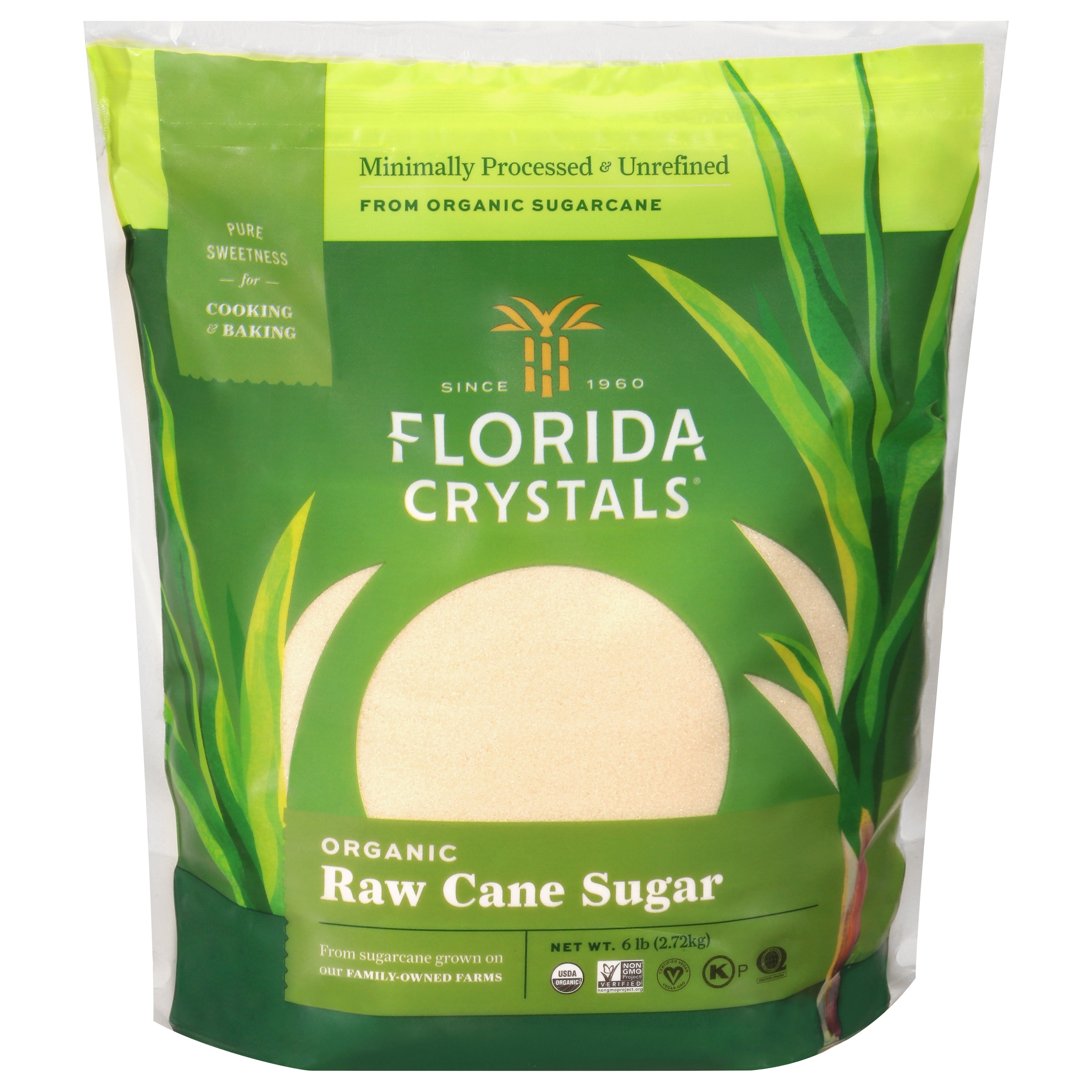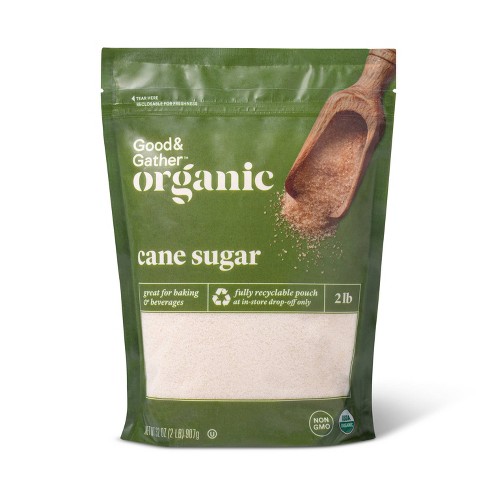Cane Sugar Processing Explained: What Takes Place Inside a Sugar Mill
Cane Sugar Processing Explained: What Takes Place Inside a Sugar Mill
Blog Article
Comprehending the Critical Strategies and Technologies Employed in Modern Walking Stick Sugar Processing
The development of cane sugar handling has been significantly formed by the integration of innovative strategies and innovations that deal with both effectiveness and sustainability. Enzyme-assisted removal and innovative refining approaches have changed yield optimization, while automation facilitates functional reliability. In addition, the focus on lasting methods reflects an expanding recognition of environmental impact. As we discover these vital advancements, it ends up being important to take a look at how they not just boost manufacturing yet additionally line up with broader market trends and consumer needs, increasing questions concerning the future of sugar handling and its implications for international markets.
Historical Context of Walking Stick Sugar Processing
The historical context of walking cane sugar handling discloses an abundant tapestry of farming innovation and social exchange that has shaped its development over centuries. Coming From Southeast Asia, sugarcane was cultivated as early as 8000 BCE - Cane Sugar Processing. The process of removing and refining sugar gained momentum in India, where techniques for crystallization were developed around the 6th century. This expertise traversed to the Middle East, and by the 12th century, sugar became a valued commodity in Europe, bring about the establishment of sugar vineyards in the Mediterranean.

Advanced Removal Methods
Efficiency in cane sugar removal has actually seen substantial advancements, driven by the requirement for greater yields and reduced manufacturing costs. This technique not only raises sugar return however likewise lowers the power required for handling.
Furthermore, the fostering of membrane layer filtration innovations, such as nanofiltration and reverse osmosis, has changed the splitting up of sugar from contaminations. These methods permit the discerning permeation of sugar molecules while maintaining bigger impurities, simplifying the removal process and minimizing waste.
Moreover, the combination of constant extraction systems has actually resulted in enhanced operational efficiency. Cane Sugar Processing. These systems preserve a continuous flow of walking stick material, making certain optimal removal conditions and decreasing downtime related to batch processing
Innovative Refining Technologies
Refining methods in cane sugar processing have actually gone through a transformative shift, driven by the demand for higher purity and enhanced product top quality. One of one of the most noteworthy developments is the adoption of membrane filtration technologies, such as ultrafiltration and nanofiltration. These processes effectively get rid of pollutants and colorants without the demand for extensive chemical treatments, consequently preserving the sugar's all-natural taste and enhancing its allure.
One more considerable improvement is using ion exchange resins, which enable selective removal of undesirable ions from sugar solutions. This modern technology not only raises the general purity of the end product however likewise adds to decreased waste and environmental impact.
Furthermore, improvements in adsorption techniques, making use of triggered carbon and various other advanced materials, have actually shown effective in decolorizing sugar solutions while preserving ideal quality. The combination of these ingenious refining modern technologies ensures that suppliers can produce refined sugar with premium quality and preference, satisfying the progressing choices of customers.
Automation and Control Equipment
Recent improvements in refining modern technologies have actually led the way for considerable renovations in automation and control systems within walking stick sugar handling facilities. These systems make use of read this article advanced software application and hardware to boost functional effectiveness, lower human mistake, and guarantee constant product high quality.
Modern automation incorporates different elements, consisting of sensors, actuators, and programmable reasoning controllers (PLCs), allowing real-time tracking and control of critical procedures. As an example, stress, flow, and temperature prices can be exactly regulated throughout removal, explanation, and condensation phases, maximizing performance and minimizing waste.
Additionally, advanced data analytics and artificial intelligence algorithms play an essential duty in anticipating upkeep, enabling drivers to prepare for devices failures before they occur. This aggressive strategy not only decreases downtime however likewise prolongs the lifespan of machinery.
On top of that, automation promotes the execution of Industry 4.0 principles, encouraging sugar mills to achieve better connectivity and data exchange across procedures. Because of this, decision-making comes to be more active and educated, inevitably boosting the general competitiveness of walking cane sugar manufacturing. With these innovations, the industry is well-positioned to fulfill expanding worldwide demands while maintaining operational quality.
Sustainability Practices in Sugar Manufacturing
Sustainability techniques in sugar manufacturing have actually ended up being increasingly vital as the market looks for to stabilize economic practicality with environmental obligation. As consumer understanding grows relating to the environmental influences of agricultural techniques, sugar producers are adopting cutting-edge approaches to reduce their ecological footprint.
One substantial technique is the execution of precision farming strategies, which use data analytics to maximize source use, such as water and fertilizers. This lowers waste and minimizes the effect on neighborhood ecological communities. Additionally, numerous manufacturers are transitioning to sustainable energy resources, such as biomass from sugarcane byproducts, to power their procedures, consequently decreasing dependence on nonrenewable fuel sources.
Water administration methods are likewise find here important; rain harvesting and reliable irrigation systems help alleviate water scarcity problems. Cane Sugar Processing. Furthermore, incorporated bug administration approaches minimize chemical usage, promoting biodiversity and dirt wellness
Business social obligation efforts are emerging, with business purchasing regional communities and making certain reasonable labor methods. By accepting these sustainability practices, the sugar sector not just boosts its reputation however likewise adds to a more sustainable agricultural landscape, leading the means for future generations.

Verdict
In summary, modern cane sugar processing includes a range of advanced strategies and innovations that significantly enhance efficiency, return, and sustainability. Jointly, these improvements position the walking stick sugar sector to meet modern needs while addressing important worldwide challenges.
The advancement of walking cane sugar processing has been considerably formed by the integration of advanced methods and technologies that deal with both performance and sustainability.The historical context of walking stick sugar handling discloses a rich tapestry of farming advancement and cultural exchange that has actually shaped its development over centuries. Advancements in milling and refining arised, laying the foundation for modern cane sugar handling.Refining methods in walking stick sugar processing have gone through a transformative shift, driven by the need for higher purity and improved item high quality.In recap, modern-day walking next page stick sugar handling integrates a variety of sophisticated methods and modern technologies that significantly boost sustainability, return, and effectiveness.
Report this page